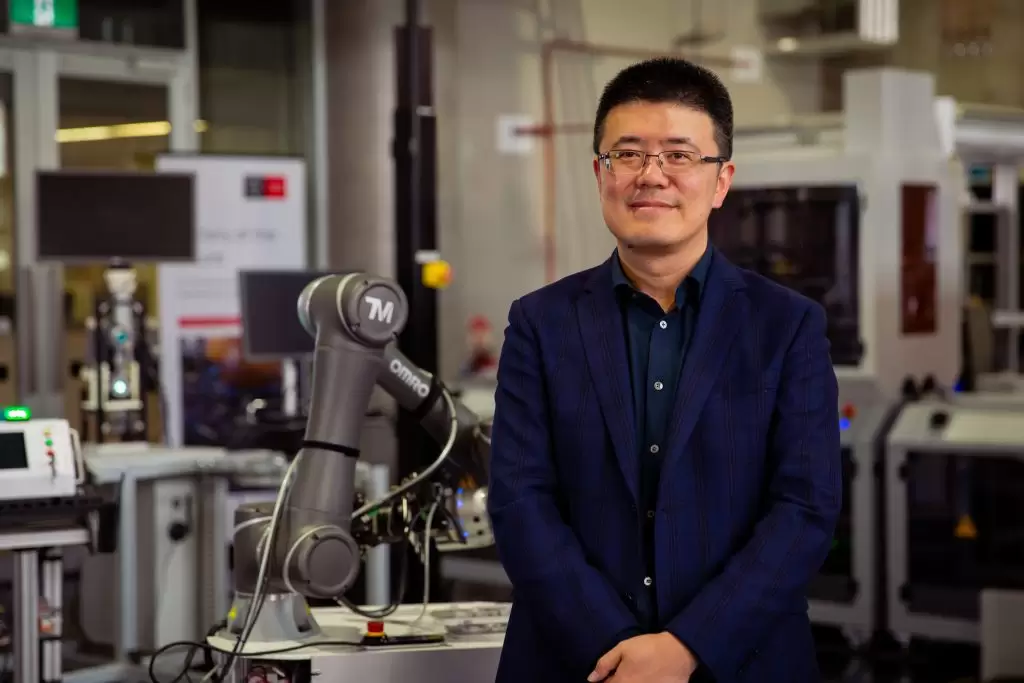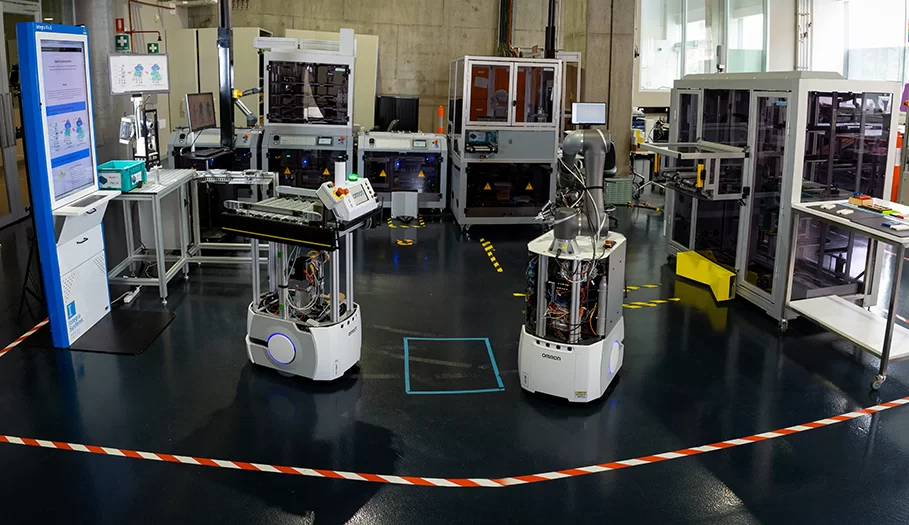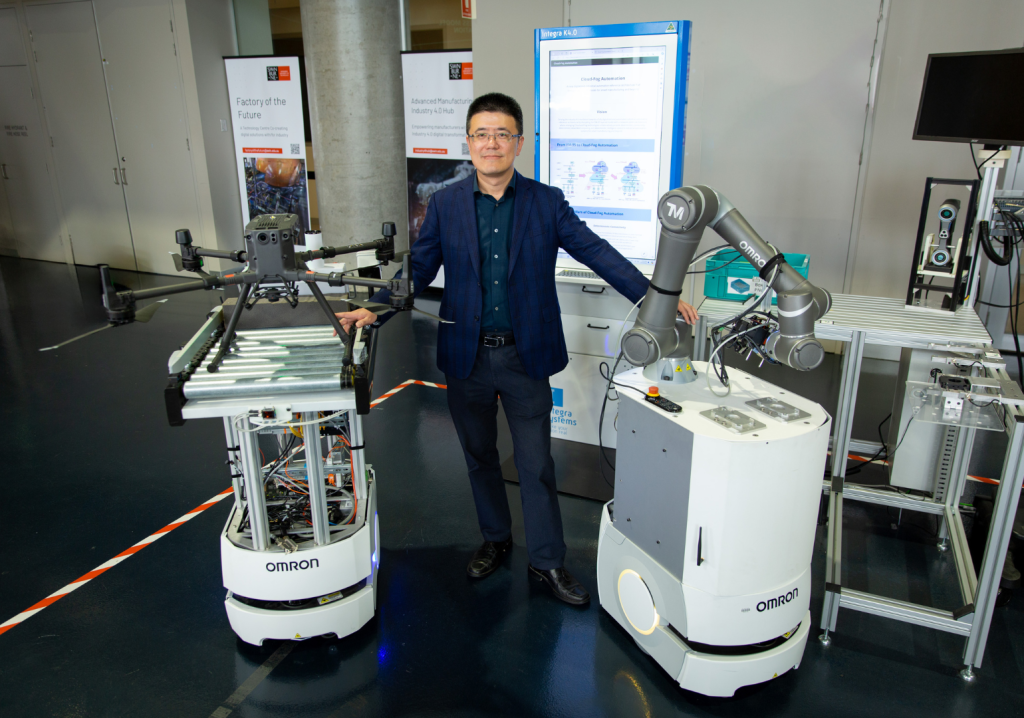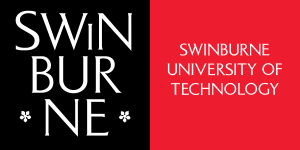Cloud-Fog Automation integrates cloud and fog computing to create flexible, responsive systems. This approach offers businesses of all sizes a scalable solution for advanced industrial automation.
As engineering systems become more interconnected, traditional approaches to data processing and control are beginning to fall short of industry needs.
Most of today’s industrial automation systems are based on the traditional International Society of Automation (ISA)-95 model. However, advancements in Artificial Intelligence (AI) and network technology are opening the doors to new, more flexible approaches.
One such approach is Cloud-Fog Automation. This technology enhances flexibility and cost efficiency by reducing reliance on physical cables and enabling real-time connectivity between machines and devices on the shop floor.
“Cloud-Fog Automation is a new industrial automation architecture which I have proposed together with my collaborator from ABB Corporate Research Sweden, which will disrupt the conventional ISA-95 model,” said Professor Jiong Jin, Academic Director (Research Training) in the School of Science, Computing and Engineering Technologies at Swinburne University of Technology.

“We’re trying to connect everything by making use of the latest wireless communication technology – for instance, ultra-reliable low-latency communication and time-sensitive networking. That way, it’s possible that in the near future, we can replace all the cables and all the connections with wireless. That will reduce the installation and cabling costs and enable greater mobility, flexibility and fine-grained deployment of automation systems.”
Leveraging Cloud-Fog Automation for smarter systems
Cloud-Fog Automation integrates two computing paradigms: cloud computing, which offers huge data processing power and storage, and fog computing, which places processing power closer to devices and sensors.
This framework ensures systems can intelligently and autonomously decide which processes are handled locally and which are escalated to the Cloud. Cloud-Fog Automation also allows tasks to move dynamically between the cloud and fog layers, improving the system’s reliability and responsiveness.
For example, in an automated production line, fog computing allows local machines to respond to temperature changes in real time, while the cloud analyses production trends to optimise future workflows. Together, these layers create a responsive automated ecosystem.
“With Cloud-Fog Automation, all the data is collected in real time. And data is not only collected – manufacturers can transmit it, they can interpret it, and it gets actioned. Based on the data, we can apply the right AI models, which allows for things like predictive maintenance, cost reduction and energy monitoring. It also means we can build digital twins easily.”
As it promotes greater use of wireless technology for seamless, fine-grained automation deployments, the rise of Cloud-Fog Automation will support the increased use of robots in manufacturing, said Professor Jin.
Another key element of his vision for the future of this technology is “deterministic virtualisation” to make automation systems more versatile and accessible.
“We want to virtualise all the resources – all the computing resources, all the hardware – so that we don’t necessarily need to depend on a specific vendor,” he said.

“We are able to develop an ‘app store’ for automation in the future. So, for example, if I want to do energy monitoring, I can just download the app and monitor all the energy consumption of the machine.”
Users will also have the ability to develop and enhance applications themselves based on real-time developments and challenges.
Professor Jin hopes that a hub like this will help foster more affordable and inclusive automation for businesses.
“It’s particularly beneficial to small and medium-sized enterprises (SMEs), because it’s quite costly for small businesses to buy a whole suite of vendor-specific solutions. So what we want to do is enable cost-effective tailored design and tailored automation for different manufacturers.”
Collaborating with industry for maximum impact
Swinburne University is working directly with businesses to explore how Cloud-Fog Automation can accelerate their digital transformation.
“Our work in Cloud-Fog Automation was proposed and developed together with ABB in the first instance,” said Professor Jin. “So they know the pain points of the industry, and they’re providing the automation solutions. For us, it’s about how we can leverage and integrate all the technologies together to solve the problem. And then we transfer that knowledge directly to the solution.”
His team’s research is also enhanced through a diverse portfolio of industry partners, as well as contributions from postgraduate students through the university’s industry-linked PhD projects and various industry-embedded research projects.
“This is part of the DNA of Swinburne,” said Professor Jin. “Swinburne is closely related with industry. Our work-integrated learning program has more than 60 years of history. This is our point of difference. Meanwhile, we want to help people and technology work together for a better future.”

To that end, Professor Jin also recently launched Swinburne’s Networked Robotics and Automation Lab, which aims to explore how teams of robots can work together to create more powerful applications.
The lab’s research is not limited to manufacturing, and will also explore the use of Cloud-Fog Automation in areas like transportation, where it could allow vehicles to communicate and coordinate with each other as part of a connected ecosystem.
This ongoing collaboration with industry and postgraduate engineers fosters a cycle of learning and innovation that will aid the large-scale integration of Cloud-Fog Automation in the future, said Professor Jin.
“We’re not only solving the problem, but also training the next generation of researchers and engineers who can be the powerhouse for the whole country.”
For more information, go to Swinburne University’s Networked Robotics and Automation Lab website, or contact Prof. Jiong Jin via jiongjin@swin.edu.au.




